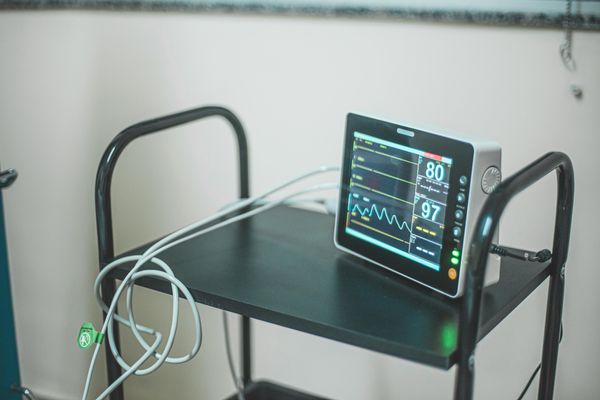
Viv is learning to deal with the disorienting symptoms that come with a dementia diagnosis, such as memory impacts, hallucinations, overstimulation and personality changes.
She is one of the 401,300 Australians living with dementia, as estimated by the Australian Institute of Health and Welfare in 2022.
Viv is often candid about the "rollercoaster" of dementia.
"It can be confusing and disorienting and at times downright scary, but there are also beautiful moments of connection and joy amidst the challenges," she says.
"Even though my memory may fail me at times, the heart remembers."
While Viv's experience reflects that of many dementia patients, there is one key difference.
She is an artificially intelligent (AI) character, part of a suite of companions designed to help people living with the neurological condition feel connected and understood.
Researchers at the University of NSW Sydney created the characters with the help of women living with dementia using their words, insights and experiences to understand the diagnosis.
fEEL ARC Laureate Lab lead researcher Gail Kenning said Viv was insightful and reflective about coming to terms with the neurological change of dementia.

"The companion characters can talk peer-to-peer about dementia (and) because they're AI-driven, they can be programmed to share a person's interests," Dr Kenning said.
"Research has shown that people can develop socio-emotional bonds with characters that can affect their moods and behaviours in much the same way as direct, interpersonal contact can."
While person-to-person connections are ideal, Dr Kenning said there often weren't the resources to help facilitate these interactions in aged care facilities and that's where Viv helps out.
The prototype is being tested in some aged care facilities where people are embracing the technology similarly to how they would their favourite TV character.
Viv is also helping connect patients to their nurses and families, becoming a talking point to start conversations.
"She's screen-based so she can be on a TV screen or an iPad and screens are very familiar to older people in aged care facilities," Dr Kenning said.
"She can be an active character who is talking or quietly sit there on the screen and she also fosters connections, not only between Viv and the person with dementia, but also with their visitors and nurses."
Researchers are also working on additional male, Indigenous and multilingual characters to help assist a wide range of people.







